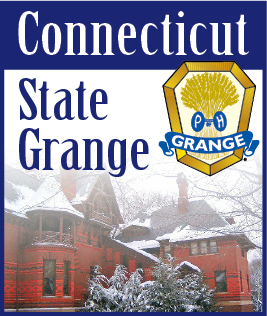| DECEMBER 2009 -- All vegetable matter, grasses, manure, hair, fruits, bloodmeal, bonemeal, river grasses, coffee and tea residue, leaves, feathers, fish, garbage, leather, milk, pine needles, soot from chimneys, wood ashes, plus many other items are compostable.
In order to stimulate the compost pile, you will need an activator, such as items that contain a high nitrogen content, such as manure, garbage, dried blood, compost.
This is a list of standard heap: 20 lb. wheat straw; 1/4 lb. lime; 2 lb. dried blood; 1 lb. phosphorite rock; 9 lb. earth
Check temperature frequently. You'll know when it reaches its peak when it declines. Then you will know when it is ready.
You can make compost in the winter in different ways. I have piled up leaves and covered with clear plastic, snow on the ground. I have found that the center of the pile will be hot enough to burn your hand; grayash. A drum can be used in the cellar in this manner. Remove the bottom and take out the plugs. Turn upside down and place on three or four blocks, placing a container under each opening. Put about six inches soil in the bottom with a few night crawlers and 6 to 9 inches of mulch on top. Put table scraps (no meat or bones), hair, etc., under the mulch each day. The worms will multiply, so that by spring you can get enough to go fishing. The worm castings in the container is 100% fertilizer. |
